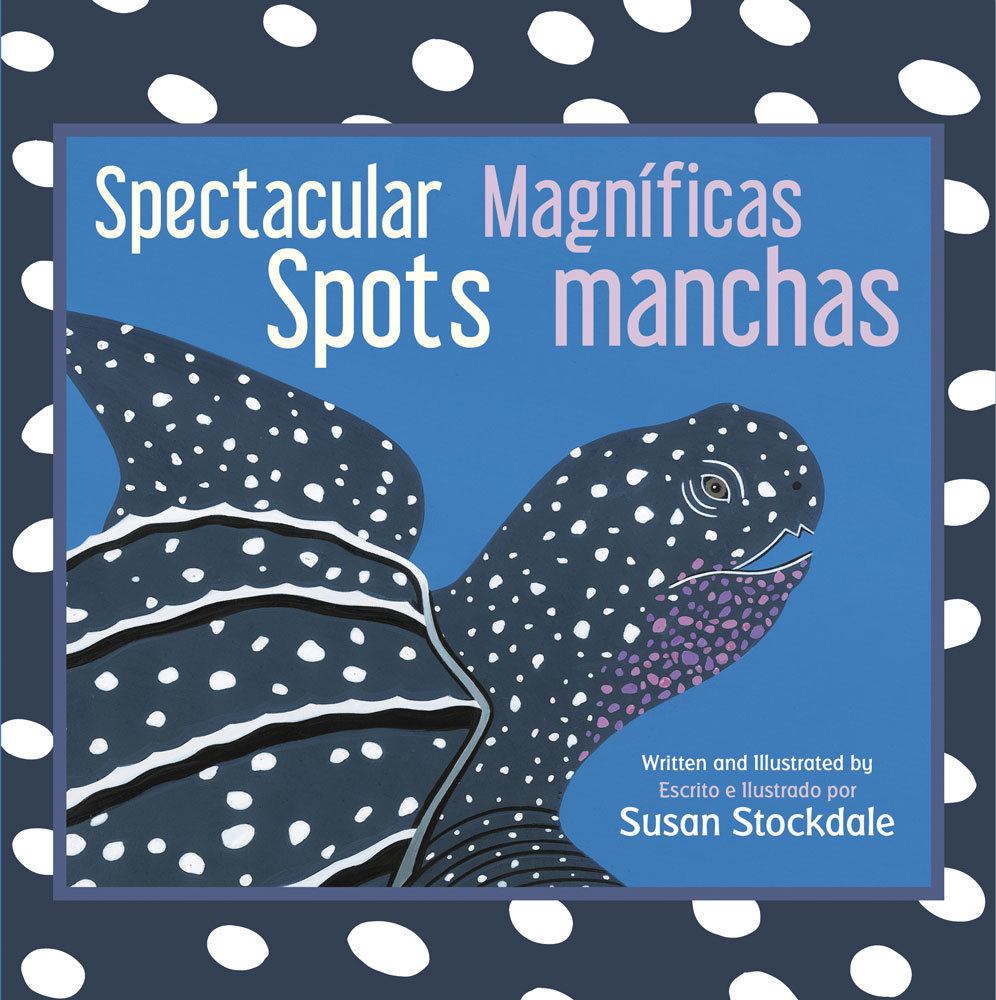What kinds of animals have spots? And why do they have them? To scare predators? To hide more easily? To warn enemies to stay away?With engaging rhymes and bright, bold images, award-winning author-il
In this bilingual English/Spanish board book edition of Susan Stockdale?s award-winning picture book, young readers can explore all the reasons why their favorite animals have spots.
What kinds of animals have spots? And why do they have them? To scare predators? To hide more easily? To warn enemies to stay away?
With engaging rhymes and bright, bold images, award-winning author-illustrator Susan Stockdale introduces toddlers and preschoolers to the many ways animals benefit from their spots.
Just right for early childhood education units on animals, nature, wildlife, zoology, and Spanish language!
Curriculum Connections: Informational text, dual language: English/Spanish, lyrical text; rhythm and rhyme, Strong picture support, life science; animals, color, camouflage, Language: use plural nouns with matching verbs, Comprehension strategy: main idea and details. Back Matter; informational, facts on animal behaviors and characteristics, predator and prey, habitat and class (mammal, bird, reptile, amphibian, and fish) .
View Description for teachers/educators
??a spot-on animal gallery for budding naturalists.?
View Review quote
?This beautifully illustrated picture book celebrates creatures with spots, ranging from ?singing quails? and ?gliding snails? to ?clinging frogs? and ?dozing hogs.??
View Review quote
?An attractive, briefly informative, fun offering for the curious of mind.?
View Review quote
